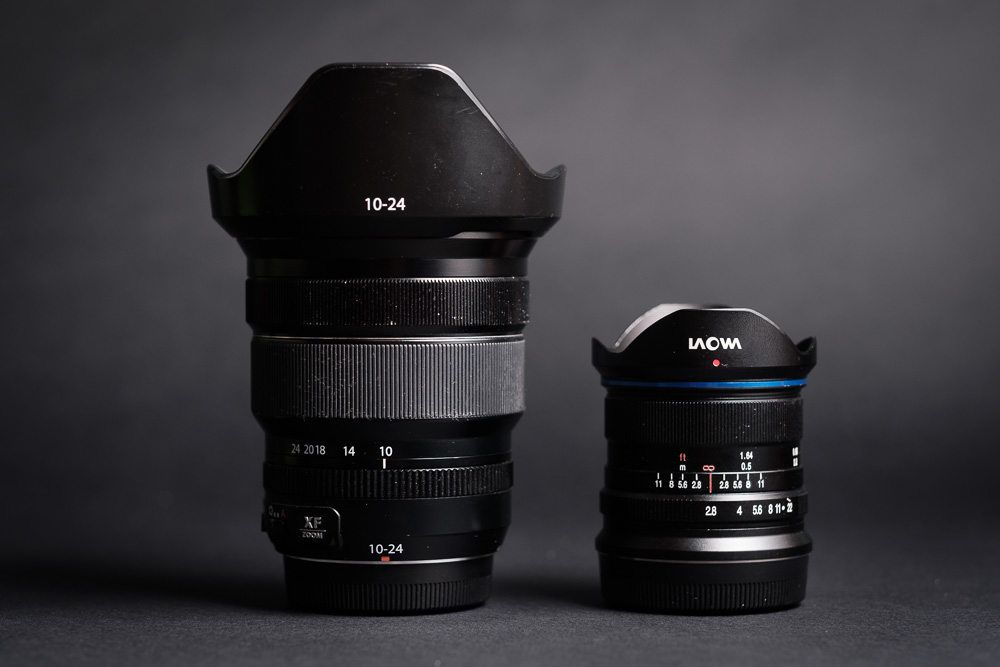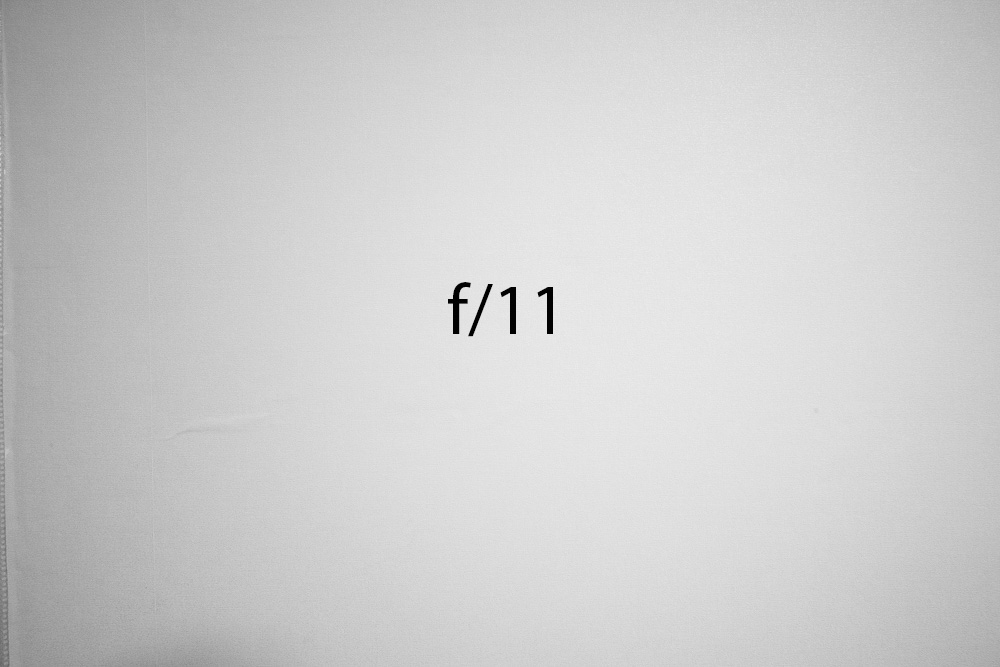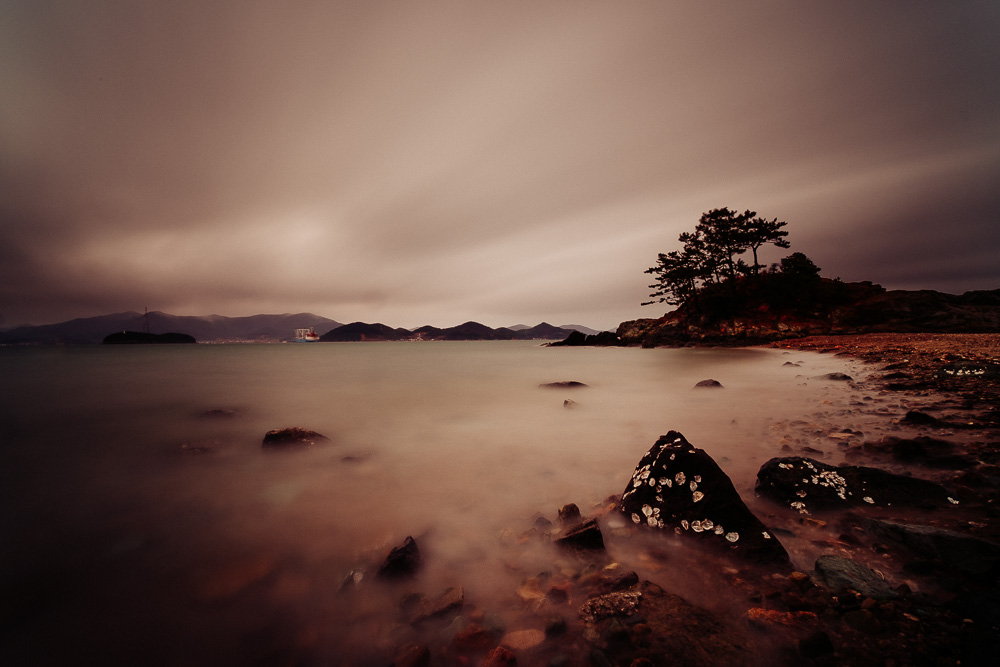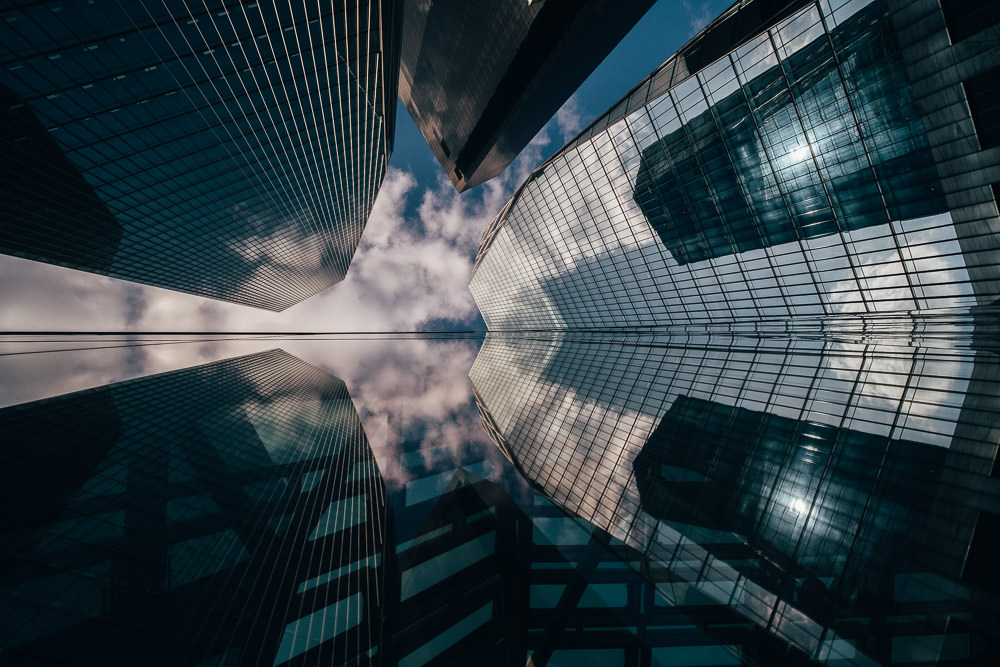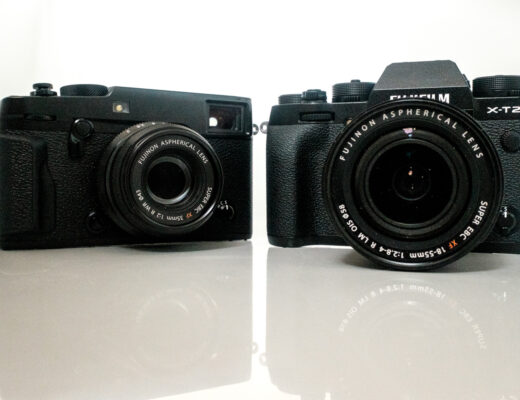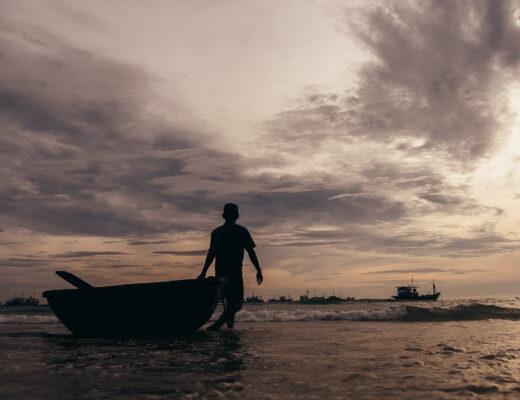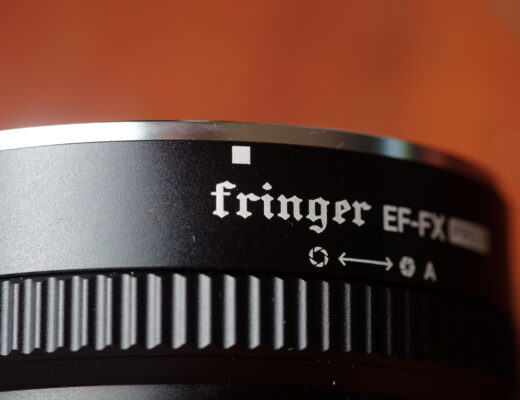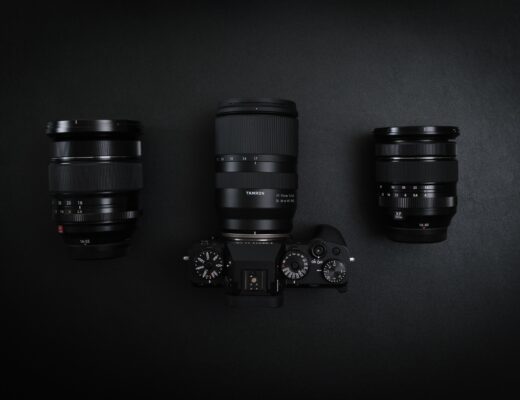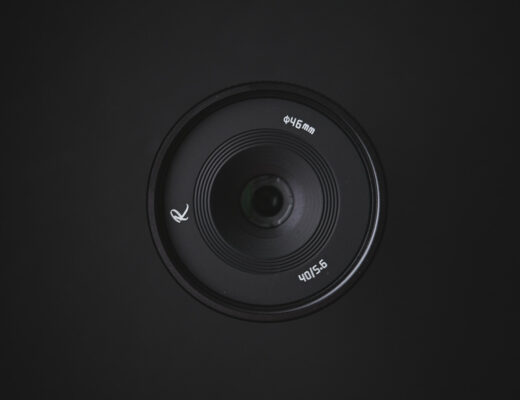Venus Optics, known for the series of lenses released under the name LAOWA, is a relative newcomer to the world of camera lenses, but have made a name for themselves with their collection of “Zero-D” wide angle lenses and interesting macro lenses. Recently, they unveiled their first lens native to the Fujifilm X system, the LAOWA 9mmF2.8. FujiLove had a chance to interview Dayong Li, the lens designer, about the process of building this unique lens for Fujifilm X cameras.
First, a little about the lens. The 9mm focal length gives a 113 degree angle of view, which is 3 degrees wider than Fujifilm’s widest offering, the XF10-24mmF4. An aperture of f/2.8 provides a lot of light when needed and can be stopped down to f/22 for extra depth of field. A 49mm filter thread is present, but thin filters will be needed due to the len’s extreme field of view. The “Zero-D” designation means that the lens corrects for barrel distortion that plagues many wide-angle lenses. In fact, Laowa gets this distortion close to zero, making it imperceptible to the human eye.
In my experience with the lens, every line in the frame is perfectly straight. From the edges of the frame right to the centre, lines remain distortion free no matter how far away from the lens they are. This is impressive considering just how wide the lens is. I had a great time shooting architecture and landscapes with this lens. The additional 3 mm in the field of view makes a huge difference over the Fujifilm XF 10-24mm.
When asked about the design of the Zero-D lens series, Li responded that he was prompted to design lenses that were different from what other manufacturers were doing. Photographers often talk about how much distortion wide-angle lenses have present, which is usually much more apparent at closer focus distances. By using a design similar to that used in macro lenses, Li was able to correct for distortion at all focus distances.
On top of that, Li was determined to make the lens much smaller than other offerings on the market. He felt that it was a pity that the market was full of large and heavy lenses for mirrorless cameras and set out to make full use of the short flange distance provided by these cameras to make a high quality lens in a small package. He says that although the bayonet diameter for Fujifilm’s X mount makes it difficult to make smaller fast telephoto lenses, there’s no reason why a wide-angle lens needs to be so bulky.
The lens is indeed extremely small and light. At just over 200 grams, it is only marginally heavier than the Fujifilm XF23mmF2 lens and approximately the same size. One of the reasons I rarely take the XF10-24mmF4 out of the house anymore is its size and weight. So to have a lens this wide in such a small package has been a joy again.
The lens itself is made with 15 elements in total, which may seem like a lot in such a small package. Li explains that this was necessary to correct for all the aberrations introduced by the small design. It is, says Li, very easy to design a high quality lens when there is no consideration for how large it will be. He notes that one of the side effects of this is a loss in edge illumination (vignetting), which can be easily corrected in software.
The vignetting is significant on this lens, but quite even, so it’s really nothing to worry about. You’ll certainly see it in the corners of your images with even areas of sky or light coloured areas of ground. I have found that, depending on aperture, I need around +25 or more vignette correction in Lightroom. As you can see from the images below, at f/2.8, the vignette is quite dark and extends a long way into the frame. By f/11, the corners are more acceptable and the centre is almost evenly illuminated.
Of course, this lens is manual focus only, so you’ll need to be comfortable with using on of Fujifilm’s focus assist modes to get sharp images. However, as we know, wide angle lenses have an inherently deep depth of field, so it is quite easy to get things in perfect focus. But, during my experiments, I didn’t notice any other aberrations like colour fringing. The lens is extremely sharp once you lock in focus and it resolves plenty of detail in the centre of the frame. The corners are a little soft wide open, but very sharp once stopped down.
I have been very happy with the Laowa 9mmF2.8 as a lens for landscape and cityscape images. As you can see from the images on the page, it is an extremely wide but also extremely well corrected lens. I’d recommend picking one up if you like to shoot ultra-wide. Be aware that the extreme wide angle will limit your choice of filters for landscape, but there are always workarounds!
While speaking with Li, he also mentioned that he’s excited to hear from the Fujifilm community. He knows we are a passionate bunch and would not only like to hear some feedback about this first offering, but would love to know what Fujifilm users want. I mentioned the idea of a faster wide angle lens for astro-photography, but what do our readers want to see on the Fujifilm system? Let us know in the comments below!


